Text
A closer look at the ancient art of tablet weaving and how my novel research evolved into (yet another) fiber hobby
As usual I'm soooo good at videos and social media, so be sure to watch the full video on my free substack (because the hellsite does not like uploading my long videos lol)
55 notes
·
View notes
Text


It is the shortest day today so I made a feast, including 4 different homemade cheeses (Romano, Brie, Swiss and blue) , and hare stew made from a hare my sister got while out rabbit shooting (hare tastes much better than rabbit and is easier to prepare)
We all ate until we felt sick and then stargazed until the frost came down, it was great!
1 note
·
View note
Text
daily affirmations:
i am kind
i am in control of my emotions
it does not bother me when someone is in the kitchen while i was planning to be in there alone
everyone in the house has the right to be in the kitchen
i am kind and in control of my emotions even when someone is in the kitchen while i was planning to be in there alone
100K notes
·
View notes
Text

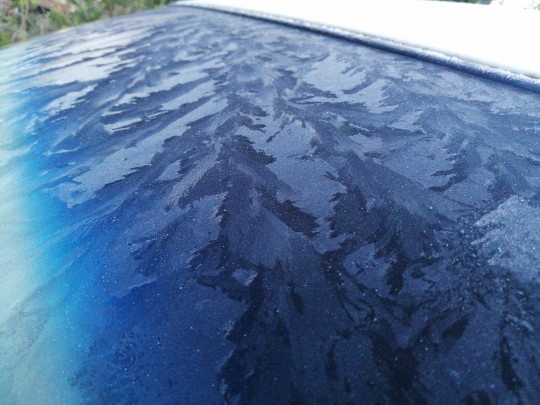
It has been rather cold here recently
1 note
·
View note
Text
Things I wish I had read in "beginner" sewing tutorials/people had told me before I started getting into sewing
You have to hem *everything* eventually. Hemming isn't optional. (If you don't hem your cloth, it will start to fray. There are exceptions to this, like felt, but most cloth will.)
The type of cloth you choose for your project matters very much. Your clothing won't "fall right" if it's not the kind of stretchy/heavy/stiff as the one the tutorial assumes you will use.
Some types of cloth are very chill about fraying, some are very much not. Linen doesn't really give a fuck as long as you don't, like, throw it into the washing machine unhemmed (see below), whereas brocade yearns for entropy so, so much.
On that note: if you get new cloth: 1. hem its borders (or use a ripple stitch) 2. throw it in the washing machine on the setting that you plan to wash it going forward 3. iron it. You'll regret it, if you don't do it. If you don't hem, it'll thread. If you don't wash beforehand, the finished piece might warp in the first wash. If you don't iron it, it won't be nice and flat and all of your measuring and sewing will be off.
Sewing's first virtue is diligence, followed closely by patience. Measure three times before cutting. Check the symmetry every once in a while. If you can't concentrate anymore, stop. Yes, even if you're almost done.
The order in which you sew your garment's parts matters very much. Stick to the plan, but think ahead.
You'll probably be fine if you sew something on wrong - you can undo it with a seam ripper (get a seam ripper, they're cheap!)
You can use chalk to draw and write on the cloth.
Pick something made out of rectangles for your first project.
I recommend making something out of linen as a beginner project. It's nearly indestructible, barely threads and folds very neatly.
Collars are going to suck.
The sewing machine can't hurt you (probably). There is a guard for a reason and while the needle is very scary at first, if you do it right, your hands will be away from it at least 5 cm at any given time. Also the spoils of learning machine sewing are not to be underestimated. You will be SO fast.
I believe that's all - feel free to add unto it.
39K notes
·
View notes
Text
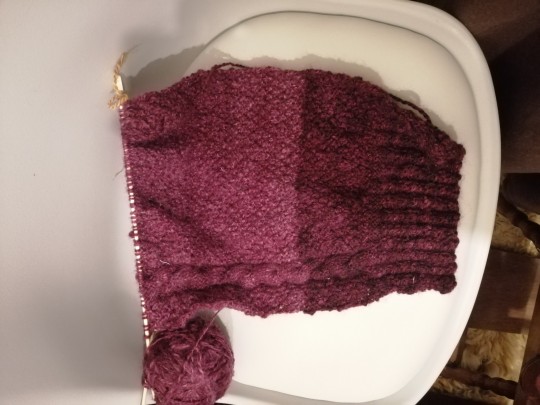
Cardigan sleeve no. 1, turns out my dyeing wasn't especially even between skeins.....
Oh well, I'm more concerned with how fast I seem to be running out of wool, I don't want to have to spin and dye more because I don't know if it'll match, it's been over a year since I spun it and I do not remember what I did.
5 notes
·
View notes
Text

More dyeing, I'm trying to get better at controlling the colour intensity, it's worked out pretty well I think, I am getting better at predicting the results which is my aim.
I can't wait to see how they knit up!
16 notes
·
View notes
Text
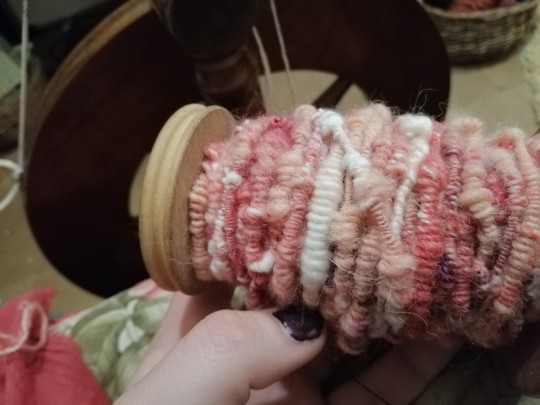
It looks weird and impractical but I think it was a success!
I have come down with a cold, which is not fun so to cheer myself up I decided to try spinning art yarn. Something with no purpose except to be pretty, so I carded a few batts of pink and white wool with a little bit of silk waste for texture


It's really pretty, I want to try making coils with it, we'll see how it goes...
I've never done core spinning before, it is possible that learning new skills is not something you should do while sick, but I need to do something so here we go
53 notes
·
View notes
Text
I have come down with a cold, which is not fun so to cheer myself up I decided to try spinning art yarn. Something with no purpose except to be pretty, so I carded a few batts of pink and white wool with a little bit of silk waste for texture


It's really pretty, I want to try making coils with it, we'll see how it goes...
I've never done core spinning before, it is possible that learning new skills is not something you should do while sick, but I need to do something so here we go
53 notes
·
View notes
Text
It has been a while since I posted anything about my cardigan but I discovered a Mistake and put it away in a bag for months because I didn't want to fix it.
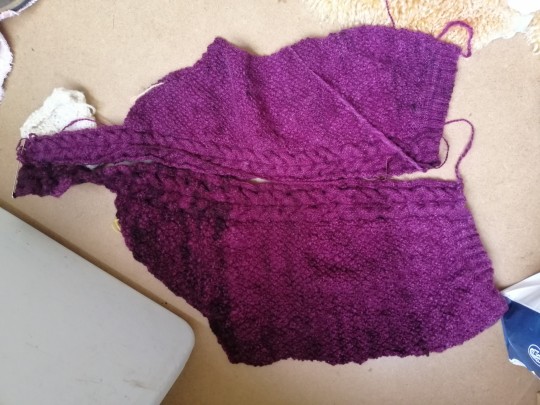
It turns out the problem is my yarn was not as even as I thought, I'm not sure how to fix it so I'm going to keep knitting and hope it's not too noticeable
9 notes
·
View notes
Text
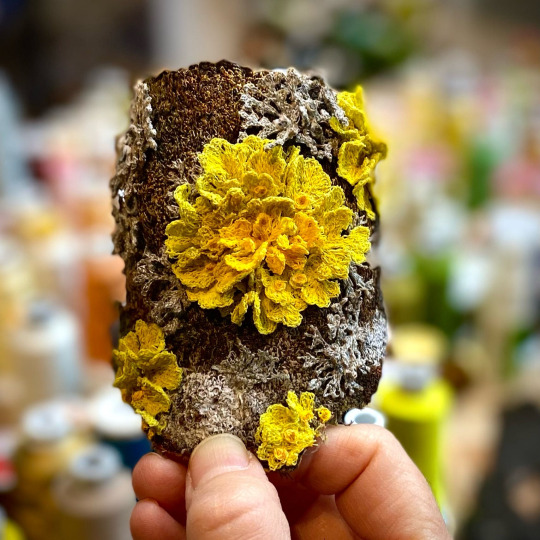
Embroidered Sculptures Recreate Lifelike Mushrooms, Lichen, and Fungi in Thread
by Grace Ebert - Colossal, February 25, 2022
Amanda Cobbett suspends a singular moment in the fleeting lives of fungi by stitching their likeness in thread. The textile artist photographs and gathers specimens that she brings back to her Surrey Hills-based studio, where she finds fibers to match pale green lichens and golden chanterelles. Using a free-motion embroidery technique on a sewing machine, she then stitches multiple layers onto a piece of dissolvable fabric that, once the organism is complete, is washed away to leave just the mushroom or mossy bark intact. As a scroll through her Instagram reveals, the resulting sculptures are so realistic in color, shape, and size that it’s difficult to distinguish the artist’s iterations from their counterparts.
Currently, Cobbett is preparing a collection that will head to the Artful Craft exhibition at Make Southwest, which opens on April 2.


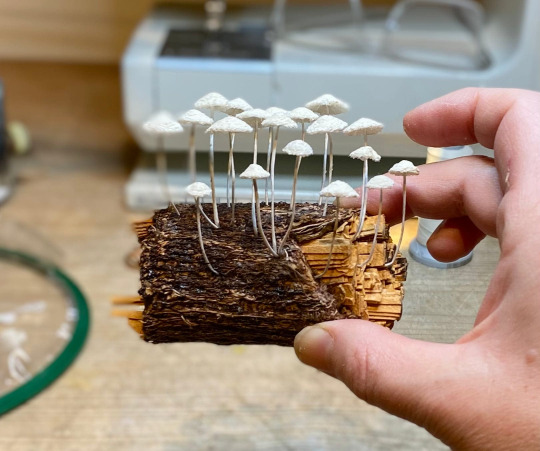




761 notes
·
View notes
Text
I have many hobbies. Some might say too many. I definitely don't need any more.
But I am filled with the sudden and very strong desire to learn tablet weaving.......
#I have at least 10 wips#I should really finish them first#But learning a new skill is so much fun#I really don't have the time#But it looks so cool#diy#craft#tablet weaving
79 notes
·
View notes
Text
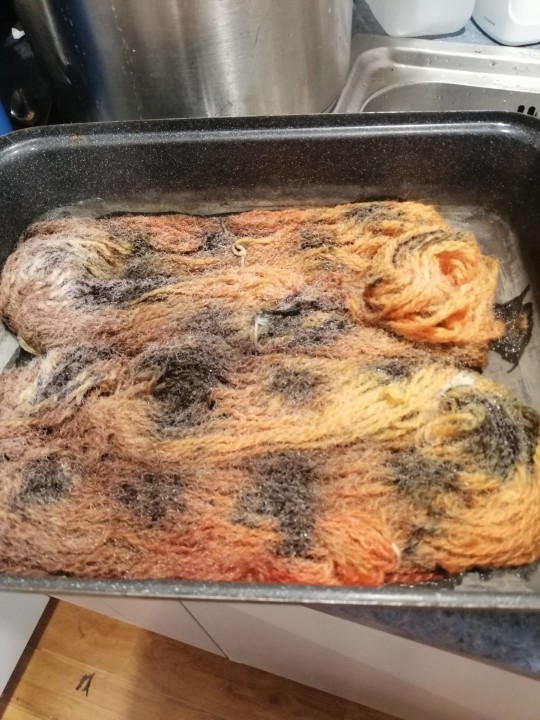
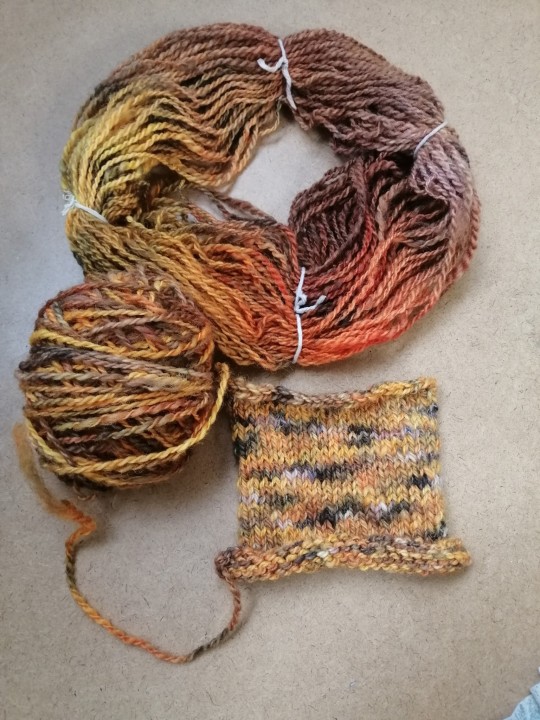
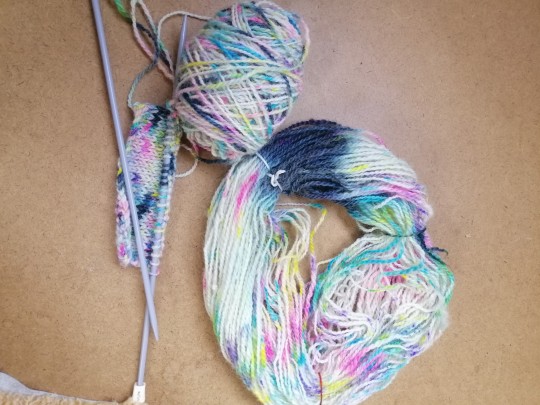
More dye experiments, tiger wool and birthday cake wool
72 notes
·
View notes
Text
I have successfully made blue cheese!

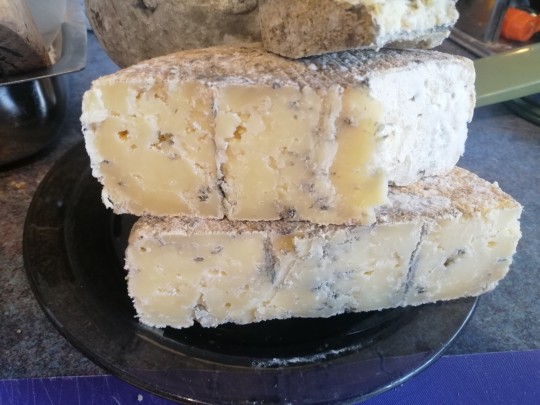
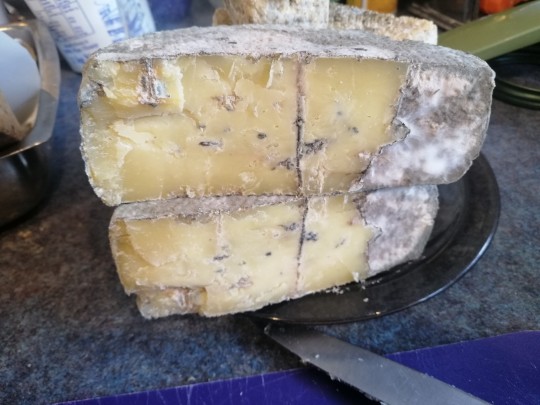
I was so worried they would taste terrible, but after about 5 months of stressing about it they all turned out perfectly edible and quite nice, if a little salty
I think next time I will try get a softer cheese, these are all quite dry.
I have also successfully made Romano and brie cheeses, and a semi successful Swiss cheese - it tasted great but didn't really have holes, you can see a few splits that might have ended up as holes if I had aged it longer

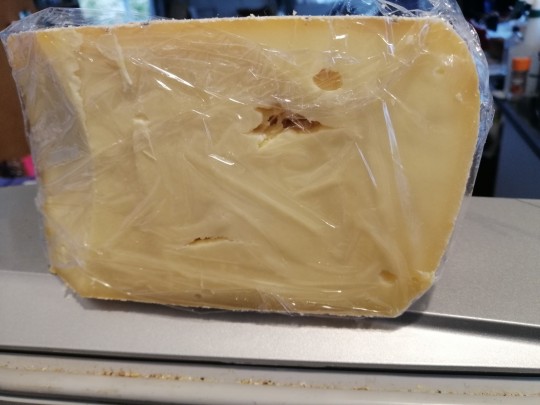
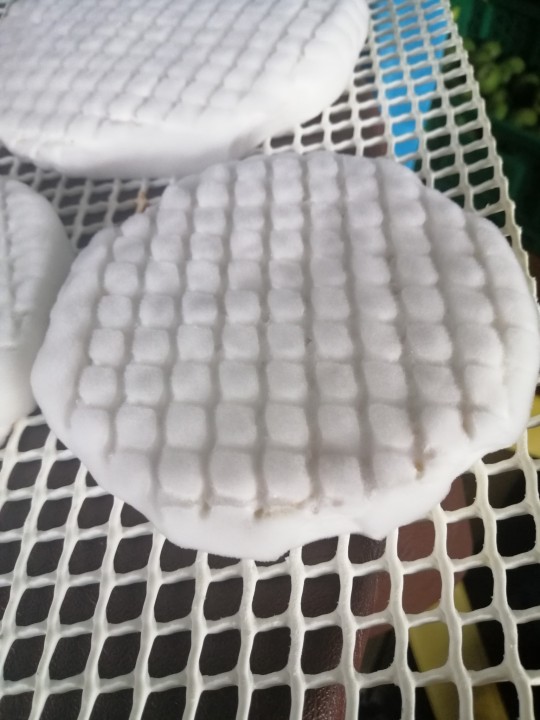
4 notes
·
View notes
Text
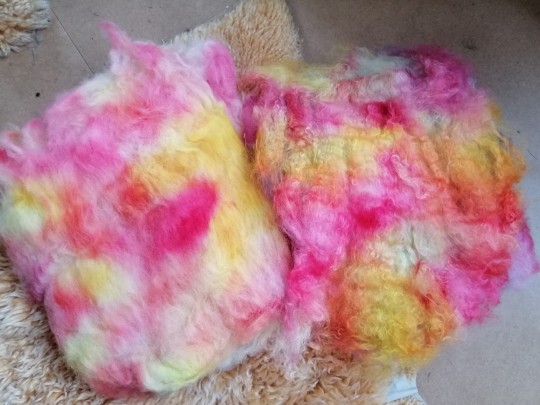
Wool vs mohair,
These are a continuation of my quest to dye wool that looks like a rose garden, this round I think I added too much yellow although we'll see once it's spun

Mohair takes twice as long to prepare for dyeing but it was so worth it, it takes colour so well and it's so lustrous.
The wool is random stuff I found on Facebook and the owner didn't know what breed the sheep were. But it's really good for dyeing experiments because it doesn't felt at all, no matter how rough you are, it makes the whole process much less stressful
2 notes
·
View notes
Text
knitting is like cooking: at first you're too scared to deviate from the recipe because the recipe writer Knew things that you don't and then you do it for a while and you're like. recipe writer wrong we do this based on vibes only
1K notes
·
View notes
Text
pre-1980s craft books: this is the correct equipment. this is the correct ergonomic setup. this is the correct technique to achieve this result. here's a progression of increasingly difficult projects that will teach you the foundational skills of the craft.
modern craft books: idk, you do you. whatever you feel like :) there's no wrong way as long as it makes you happy :) i'm not going to tell you anything. here are some pretty pictures :)
2K notes
·
View notes